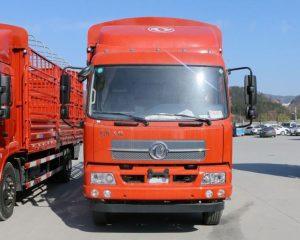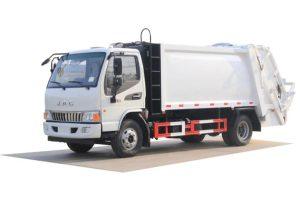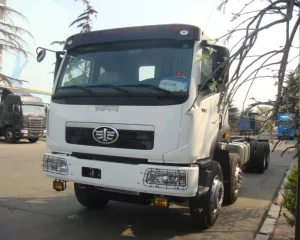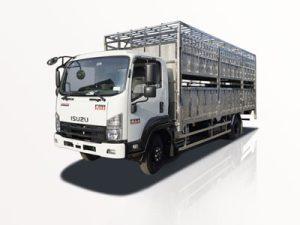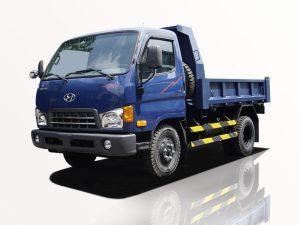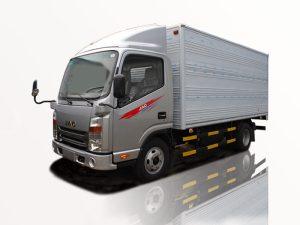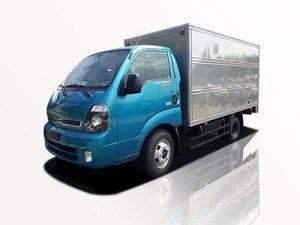Monday to Saturday - 8:00 -17:30
Understanding the Water Tanker Fire Truck: A Vital Asset for Firefighting
Water tanker fire trucks serve as indispensable assets in firefighting operations, especially in areas prone to wildfires, urban blazes, and situations where hydrants are scarce or non-existent. This article delves deep into the world of water tanker fire trucks, discussing their importance, design features, types, and operational mechanisms. Through practical examples and tips, readers will gain a comprehensive understanding of these essential firefighting vehicles.
What is a Water Tanker Fire Truck?
A water tanker fire truck is a specialized vehicle designed to transport and deliver water to extinguish fires. Unlike standard fire engines that rely on static water sources, water tankers provide mobility and flexibility, making them vital in various firefighting scenarios.
Key Functions of a Water Tanker Fire Truck
- Transporting large volumes of water to fire locations
- Supporting firefighting operations in areas without reliable water sources
- Providing a quick response in emergencies
Design Features of Water Tanker Fire Trucks
The design of a water tanker fire truck is tailored to enhance its performance and effectiveness in firefighting. Key features include:
Water Tank
The most prominent feature is its water tank, which can hold anywhere from 500 to 3,500 gallons of water, depending on the truck’s purpose and design requirements. The tank is usually made from durable materials to withstand the harsh conditions of firefighting.
Tank Material Options
| Material | Pros | Cons |
|---|---|---|
| Aluminum | Lightweight, corrosion-resistant | Can be more expensive |
| Stainless Steel | Highly durable, long lifespan | Heavy and costly |
| Polyethylene | Cost-effective, lightweight | Less durable than metal options |
Pump and Hose System
The pump and hose system is crucial for delivering water from the tank to the fire. The pump capacity can vary; some water tankers have pumps that can produce pressures of over 250 gallons per minute (GPM).
Common Pump Types
- Positive displacement pumps
- Centrifugal pumps
Types of Water Tanker Fire Trucks
Water tanker fire trucks come in various types, each designed for specific roles in firefighting. Here are some common types:
Standard Water Tanker
A standard water tanker is used primarily for transporting water to locations where there is a need for firefighting support. It usually has a large water tank and may be equipped with basic pumps and hoses.
Combination Units
Combination units integrate both water tank capabilities and advanced firefighting systems. These trucks can provide water as well as firefighting foam, making them versatile for various fire types.
Brush Trucks
Brush trucks are tailored for wildland firefighting. Equipped with water tanks, hoses, and specialized pumps, these vehicles can navigate difficult terrains to reach wildfires effectively.
Water Tanker Specifications
Understanding the specifications of water tanker fire trucks is vital for fire departments while procuring these vehicles. Common specifications include:
Tank Capacity
This determines how much water the truck can carry. Common capacities range from 1,000 to 3,500 gallons.
Pump Type and Capacity
Pumps can range in size, typically offering between 400 to 2,500 GPM, depending on the design and purpose of the truck.
Vehicle Size and Maneuverability
Size matters for maneuverability, especially in tight urban environments or narrow country roads. Water tankers vary in size, and departments should assess the geography of their service area when choosing a truck.
Operational Mechanics of Water Tanker Fire Trucks
Understanding how water tanker fire trucks operate is essential for firefighters and responders. Here is a breakdown of their operation during firefighting missions:
Deployment Process
In the event of a fire, the water tanker is dispatched to the scene. Upon arrival, it connects to a fire hydrant if available or sets up to deliver water from its tank.
Water Delivery
The fire truck’s pump is activated, sending water through hoses to the fire. Firefighters can control the amount and pressure of water through the pump’s controls.
Refilling Operations
Once its tank is nearly empty, the water tanker will move to refill stations (e.g., hydrants, water sources) before returning to the active fire scene.
Maintenance of Water Tanker Fire Trucks
Regular maintenance of water tanker fire trucks is crucial for their longevity and performance. Here are some essential maintenance tips:
Weekly Checks
- Inspect water levels in the tank
- Test and ensure pump operation
- Check hoses for leaks or damage
Monthly Maintenance
- Clean the tank to prevent contamination
- Inspect piping for corrosion or leaks
- Test foam systems, if equipped
Annual Servicing
Schedule professional servicing every year to check engine components, pumps, and overall vehicle functionality.
Practical Examples of Water Tanker Fire Truck Usage
Water tanker fire trucks have been instrumental in numerous firefighting scenarios worldwide. Here are a few notable examples:
Wildfires in California
During the California wildfires, water tankers played a critical role in transporting water from distant sources to remote fire locations. Firefighters relied on these tankers to create fire breaks, suppress flames, and protect communities.
Urban Fire Response
In urban settings, when hydrants are not accessible due to road obstructions, water tankers deliver water directly to fire sites. For instance, during the 2020 fires in Los Angeles, water tankers were integral to quenching flames in high-rise buildings.
Choosing the Right Water Tanker Fire Truck for Your Needs
Selecting the appropriate water tanker fire truck requires careful consideration. Here are some useful tips:
Assessing Your Needs
- Evaluate theTypical fire emergencies in your area
- Consider the geographic layout for maneuverability
- Estimate the required water capacity for effective firefighting
Budget Considerations
The cost of a water tanker varies significantly based on its features, capacity, and brand. Ensure you align your choice with your budget while not compromising on essential features.
FAQ Section
1. What is the average capacity of a water tanker fire truck?
The average capacity ranges from 1,000 to 3,500 gallons, depending on its intended use and design.
2. What types of fires can water tanker fire trucks effectively combat?
Water tanker trucks are effective against various fires, including structure fires, vegetation fires, and industrial fires.
3. How can I maintain a water tanker fire truck?
Regular checks, cleaning, and professional servicing once a year are crucial for maintaining a water tanker fire truck.
4. Can water tanker trucks be used in urban areas?
Yes, they are particularly useful in urban areas where access to hydrants may be limited or obstructed.
5. Are there specific regulations for water tanker fire trucks?
Yes, regulations may vary by location, typically governed by local fire safety codes and standards.
6. How fast can a water tanker fire truck respond to an emergency?
Response times can vary but are generally designed for rapid deployment, often within minutes of receiving a call.


